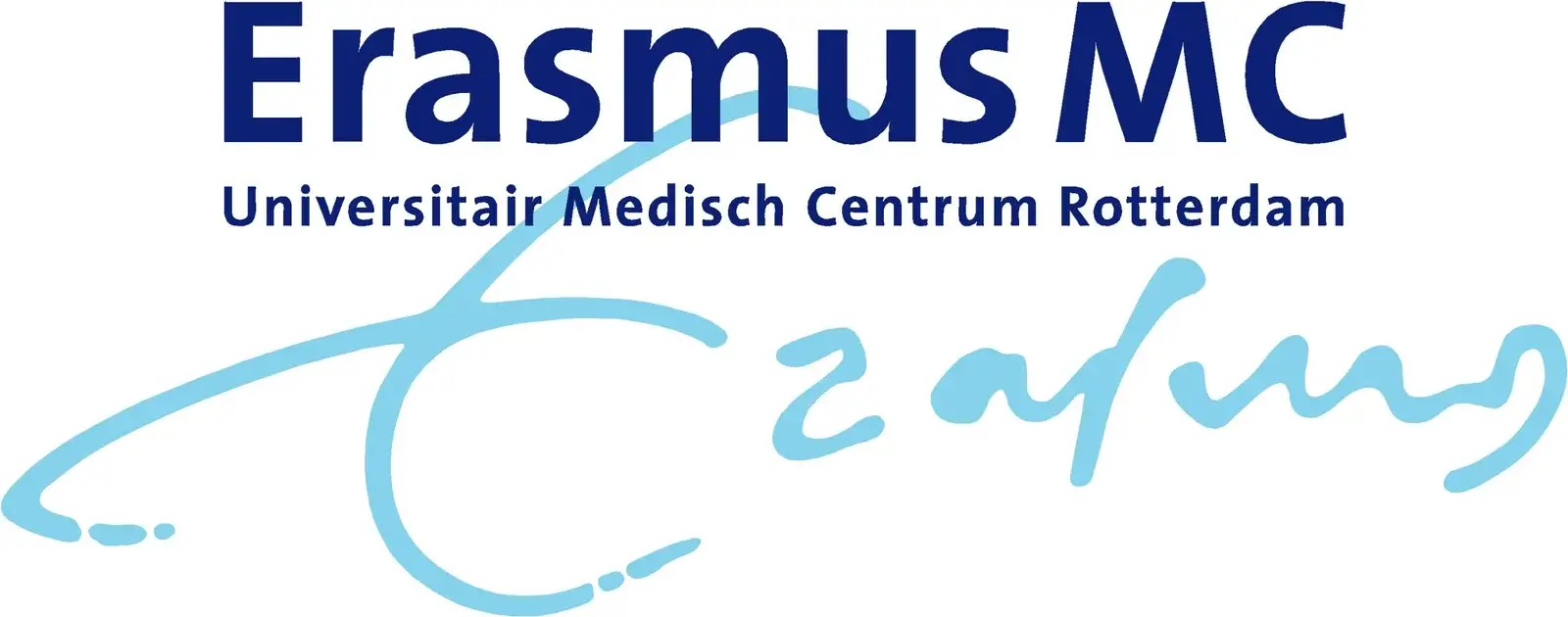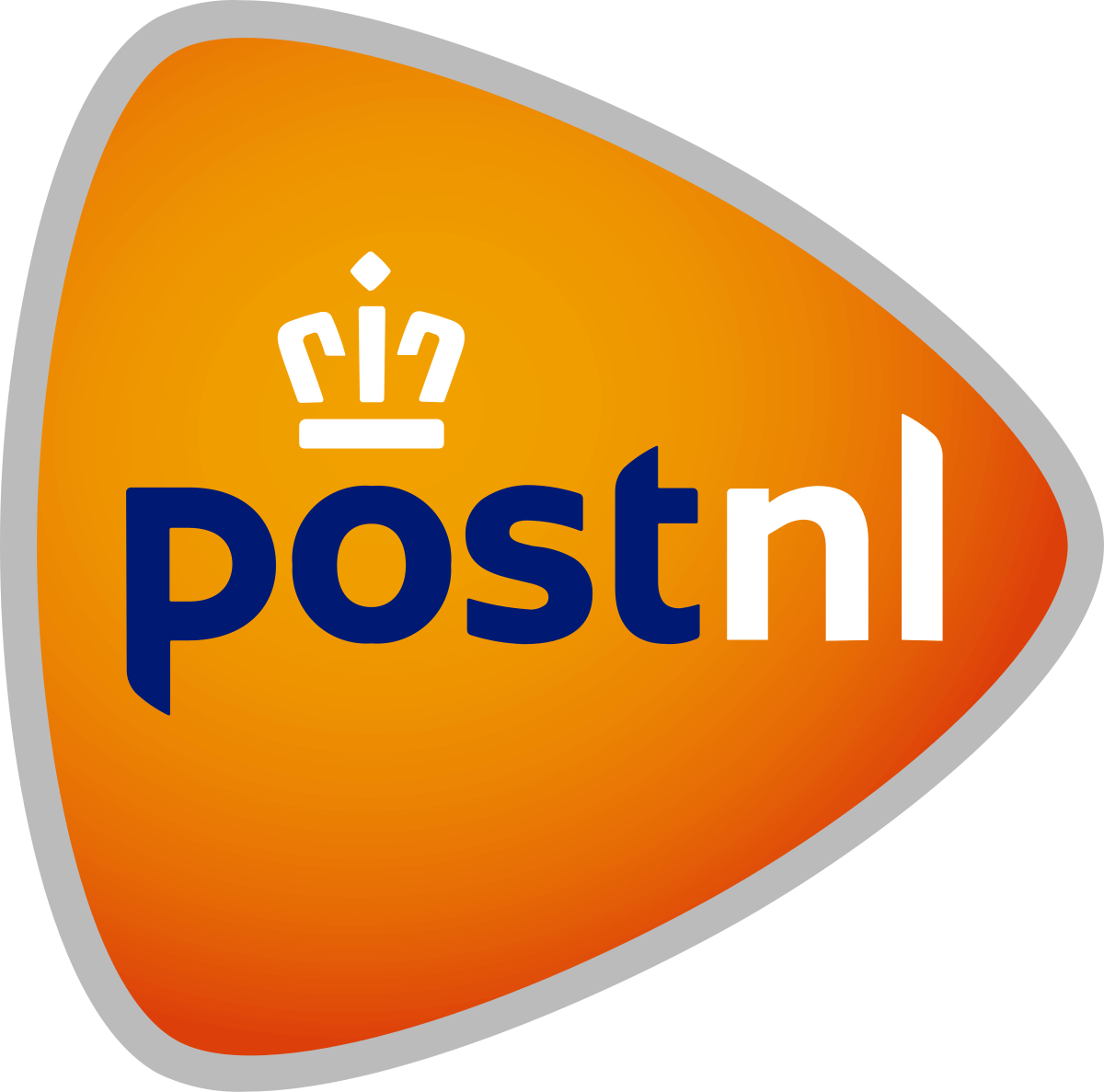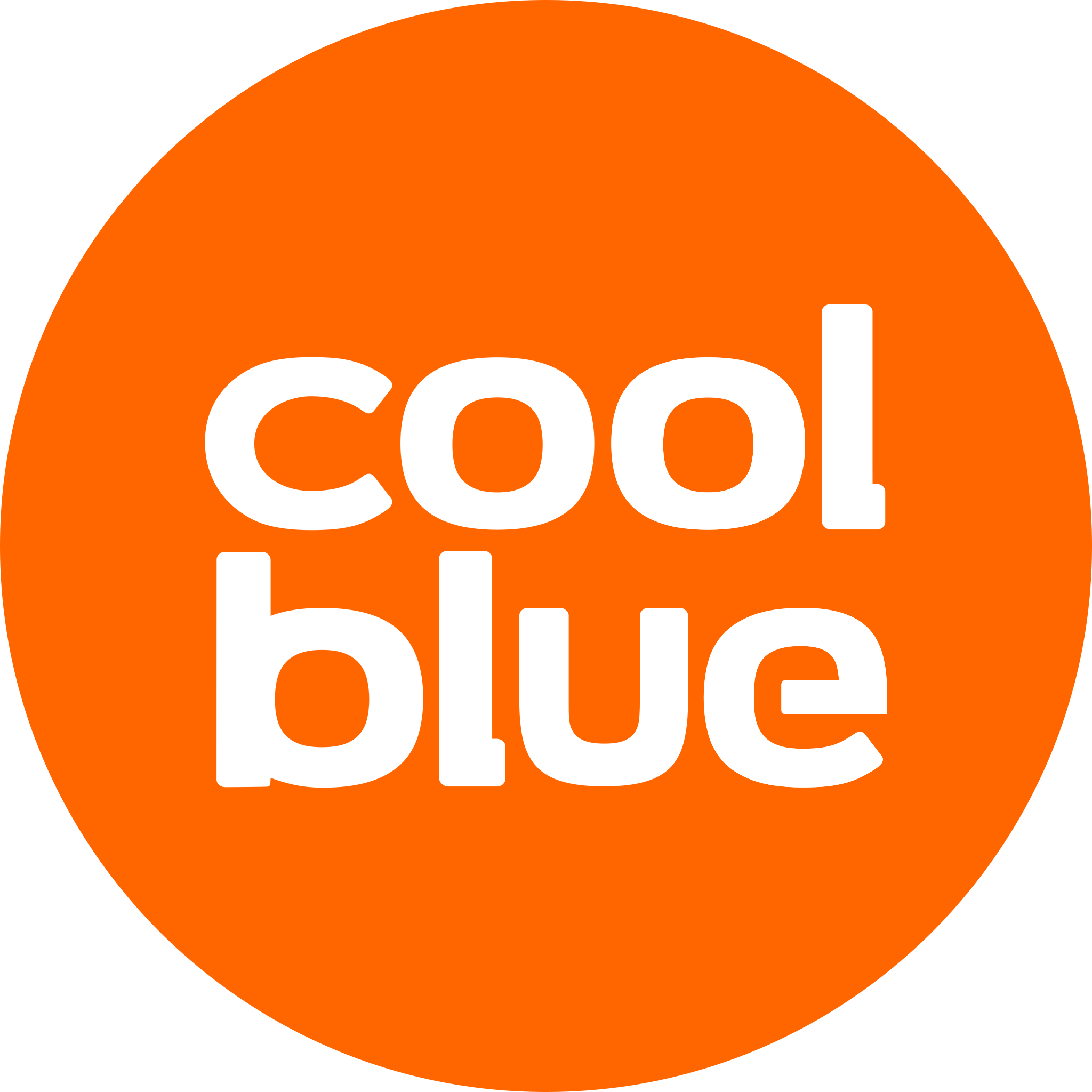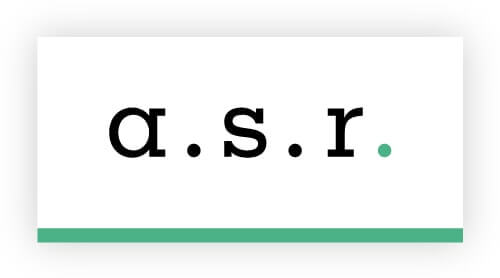By lowering the threshold, more people show up
Getting a call for a preventative health screening is not something that many people look forward to. Sometimes, the fear of an examination or the result is so great that the person does not show up. But it can also happen that people forget to make an appointment for the screening because they are so busy. In all cases, a no-show is unpleasant, both for the patient and for the doctors and researchers. How can the number of no-shows in regular checkups in the Netherlands be reduced?
What is a preventative health screening?
In the Netherlands, there are three population screening programmes for cancer: breast cancer, cervical cancer and bowel cancer. These examinations are free of charge for everyone and are carried out on a voluntary basis. The tests are offered by the government and carried out by various regional organisations:
- For the provinces Groningen, Friesland and Drenthe: Bevolkingsonderzoek Noord
- In Gelderland and Overijssel: Bevolkingsonderzoek Oost
- For Noord-Holland, Flevoland and Utrecht: Bevolkingsonderzoek Midden-West
- For the provinces Noord-Brabant and Limburg: Bevolkingsonderzoek Zuid
- In Zuid-Holland and Zeeland the Bevolkingsonderzoek Zuid-West organises the ckeckups.
In addition, there are a number of population screening programmes that are carried out around the birth of children. During pregnancy, these include prenatal screening for infectious diseases, the twenty-week ultrasound scan and blood tests on pregnant women. After birth, two tests are conducted on babies: the neonatal heel prick screening and neonatal hearing screening.
THE FIGURES
In 2019, a total of 4,300,687 women and men received invitations for population screening for breast, cervical or colon cancer.
Of this group, a total of 2,021,135 people took part in the three health screenings.
Throughout the country, 950 employees are working to carry out the population screening for cancer (2020).
The average number of people diagnosed with cancer through population screening each year is 31,400.
Threshold fear
Being summoned for preventative screening… Many people have mixed feelings about it. They don’t like the idea of going to a mobile screening centre in their area for various reasons. Even though cancer tests are necessary and prevent much suffering, we prefer to stay away from medical checks. Also because the consequences can be far-reaching and sometimes difficult to oversee. In short, it can be confronting. Nevertheless, taking part in such a test has more advantages than disadvantages and can prevent unnecessary trauma and care.
The outcome
Waiting for the results of the early checkup does not make it any easier. For many people, this phase is also exciting or even nerve-wracking. This is only natural, as your life can take a completely different turn all at once. From the moment you are invited to participate in a medical examination until you receive the results, there are quite a few obstacles that you have to overcome. As a healthcare provider and researcher, this insight is very important. After all, the goal is to get as many people as possible to attend the health screenings in order to prevent much unnecessary suffering (and healthcare costs). If we can further lower the threshold for attending such a screening, the number of no-shows will certainly decrease.
‘No-shows’ cost time and money
Unfortunately, it still happens: people who do not turn up for their appointment with a doctor, specialist or other healthcare provider. These ‘no-shows’ cost the healthcare sector millions of euros. Because it’s not just staff that are ready. Rooms, equipment and other facilities have been prepared and held free. The high workload of care workers is not eased either; they have to make follow-up calls and schedule new appointments. In short, the fewer no-shows, the better for everyone.
The disadvantages of no-shows
Not showing up at a medical appointment is particularly annoying in the preventative health screenings. After all, in a mobile examination centre, a good throughput is necessary due to the relatively small surface area on which work is carried out. But there are more disadvantages to no-shows, for both parties:
- Every ‘no-show’ costs unnecessary deployment of care staff, space and time.
- Some of the no-shows do not receive an (early) diagnosis even though something is found.
- The later detection of diseases entails additional costs and pressure on healthcare services.
- People often want to, but do not dare, which makes them feel uncomfortable.
Why people do not show up
In order to reduce the number of ‘no-shows’, we first need to know why people do not turn up for the population screening. There are many reasons for this, but we will mention a few:
- Someone has no transport to the mobile research centre
- Someone does not come because of the (bad) weather conditions
- The appointment is not noted and/or is forgotten
- Someone comes (much) too late
- There is ‘trepidation’; people are not looking forward to the examination and/or the results and ultimately do not dare to go
Informing once is not enough
It seems so simple. Lower the threshold to participate in health screenings. This will also reduce the number of no-shows. But how do you do that, lower the threshold? One way is to communicate clearly. Of course, this starts with the invitation you receive in your mailbox. It is clearly worded, with a lot of extra information about the how, what, where and why of the study. Also on the websites concerned you can find more about the study itself and the time schedule. The appointment is often already planned in the invitation and is clearly stated in the letter. In short, up to and including the invitation letter, everything is clear and well-organised. But then what?
An SMS lowers the threshold
By continuing to communicate with the intended participant even after the invitation to the examination, we increase that person’s involvement in the entire research process. And that in turn reduces the chance of someone ‘anonymously’ not showing up. But how do you do it? It is very simple. With an automatically generated SMS message that is sent at the right time and with the right message. Ping! A message arrives on the phone. It is a short, friendly confirmation of the appointment for the health screening. One day before the scheduled checkup, another SMS message arrives (Ping!). It is an appointment reminder. This reminder makes the appointment ‘top of mind’ for the recipient, in a friendly way. “What a good service! Oh yes, I’m expected there tomorrow. Don’t forget!”
Appointment reminders by SMS
An SMS is a short message with great communicative power. Because an SMS appears to be an effective and sympathetic way to ‘take people along’ in the ‘customer journey’, especially in the care sector. Appointment reminders by SMS have been in use there for some time. The SMS Gateway has already reduced the number of ‘no-shows’ at care institutions by 70% (!). The fact that an SMS service really has an effect has been demonstrated in recent years. By using SMS appointment reminders for people who are called up for preventative checkups, you actually lay out a ‘red carpet’ from their home to the mobile screening centre. That red carpet is only 160 characters long. But it should be crystal clear, with the right urgency and not too prescriptive.
Optimaal communiceren met SMS
Spryng once started with an SMS Gateway in healthcare, to reduce the number of ‘no-shows’. For over 15 years now, we have been providing large and small healthcare providers with an SMS API so that they can communicate effectively without it costing too much time or money. Meanwhile, our API is linked to (almost) all EPD, authentication and notification systems in the healthcare sector. So that healthcare providers can optimally communicate with their clients and patients. Talking about lowering thresholds!
These tips will help you make the most of SMS for your clients:
- Keep it simple
With an SMS message you do not push away your clients or patients, but you lower the threshold.
- Communicate clearly
The more precise the message, the better it will be heard. The maximum of 160 characters of an SMS message force you to communicate clearly.
- Avoid confusion
By linking the SMS API with your appointment system, the correct date and time will always be included in the SMS message automatically.
- Let messages reinforce each other
Sending an appointment confirmation by SMS works well. But it is even better to send an appointment reminder, for example one day in advance. Such an extra communication moment strengthens the message. It actually says: ‘Be welcome and come to your appointment. We are ready for you’.
- Be ahead of the questions
An SMS message is also ideal for sending a link. For example, to a page on your website with the most frequently asked questions. This knowledge and information gives the patient something to hold on to and trust.
Data security with ISO and NEN
Besides the low threshold of an SMS, you also want to know about the security and safety of your data, and that of your clients. After all, such an SMS API is linked to EPD and other systems. We can reassure you. Spryng is the only SMS provider in Europe that is in possession of the ISO 27001 and NEN 7510 certificates. The latter is a specialisation for the healthcare sector. Our working method therefore meets the highest security standards. A few examples: all data are encrypted during transmission (SSL certificates) and at rest (disk encryption for database storage). And you decide how long data is stored. Want to know more? You can find more information about our security policy here.
SMS service? Worth investigating
The use of SMS in the population screening will have a positive effect on the number of participants and their flow. The SMS gateway also leads to lower healthcare costs and greater sympathy for the population study in the Netherlands. Would you like to know more about the possibilities of SMS for your organisation? Feel free to contact Spryng. Or try out for yourself how easy our SMS API works in healthcare, with a free test account.
Would you like to receive an offer directly? Please click here. Still have questions? Please let us know. The Spryng team is ready to explore the possibilities of communicating more effectively with SMS.
Stay informed
Spryng follows all innovations around SMS and messaging closely. Through our newsletter we inform our clients and interested parties about this. Do you also want to stay informed? Subscribe to our newsletter. It appears about six times a year and can be cancelled at any time.







